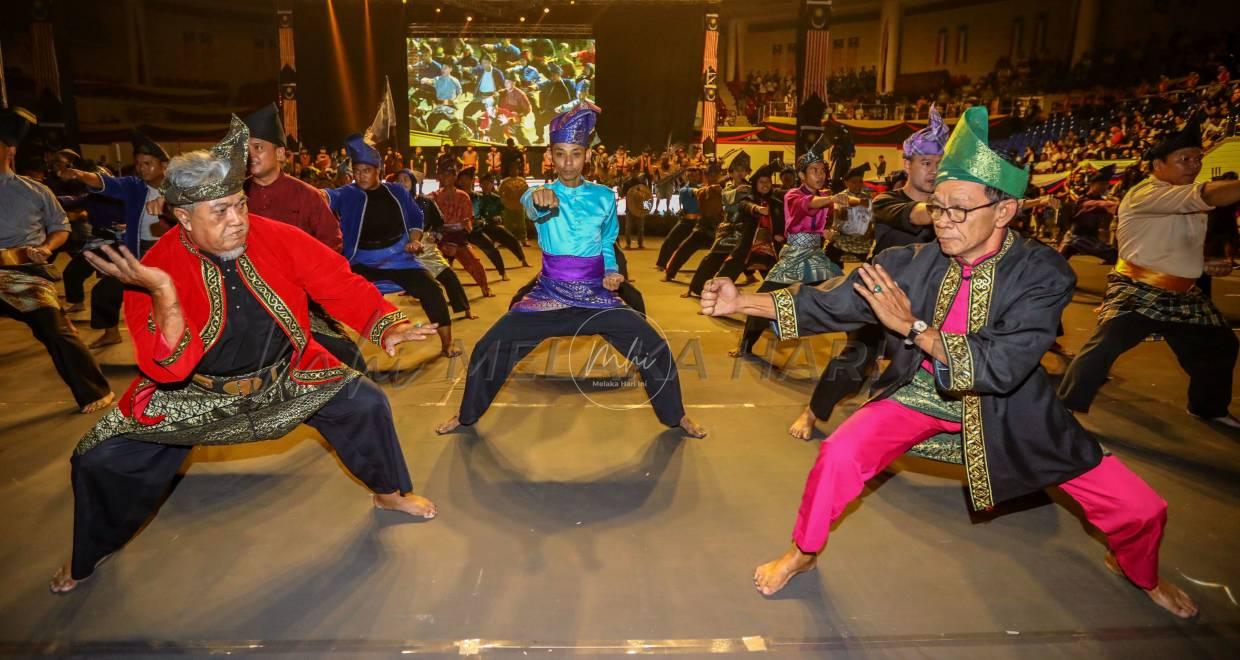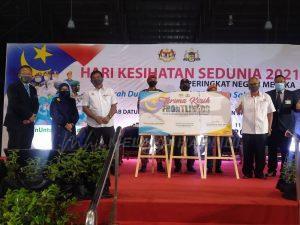
Ideas on Civilization: The Homeland Basis for Malaysia’s National Culture
A new idea on Malay culture and civilization in Malaysia’s recent history was first brought to the nation’s attention by University of Malaya’s (UM) Malay Studies scholar, Professor Mohd. Taib Osman. In his Tun Sri Lanang lecture in the early 1970s, the first of a series of lectures organized by the then Ministry of Culture, Youth and Sport, Mohd. Taib highlighted certain aspects of Malay culture to foster the growth of a national Malaysian culture based on the formula arrived at the National Culture Congress held in 1970.
Mohd. Taib, who later became UM’s fifth vice-chancellor, highlighted the archaeological findings of American professor Wilhelm G. Solheim in northeast Thailand. The findings pointed to an early dating of rice culture in Southeast East Asia, a discovery that went against the belief that rice planting and other cultural artefacts spread from China, conceived as the cradle of civilization in this region. Mohd. Taib was condemned for holding such a view. In highlighting Solheim and similar others, he had challenged mainstream knowledge (science) and subverted popular theories of a China-centric human civilization in the East.
These were found in Mohd Taib’s Foreword to the book titled The Malay Civilization (2007) written by Mohd. Aroff Ishak, a member of the Malaysia Historical Society. The author first drafted his manuscript in the mid 1980s. He however put it aside fors some time, and only decided to publish his work some two decades later.
Mohd Aroff, a former senior civil servant, an honest and committed scholar of Malay history and civilization, had challenged the writing and historiography of the region in that “the approach to the history of Southeast Asia and the contents thereof have been determined by writers and scholars foreign” to it. He also took exception to the foreign sources in the historical reconstruction of the Malay Archipelago. And then there is the traditional neglect on the insignificant role the Southeast Asians, in particular the role of the Malays, in global history.
Scholarship and theoretical constructions do have their prejudices. There has been a consistent bias in favour of the “great traditions” of India and China. And hence prejudice against new findings and interpretations that could suggest a revision of history. Blazing the trail earlier was Solheim, who wanted to establish a new Southeast Asian prehistory. He had questioned the classical view that the peoples and cultures of the Malay Archipelago originated from outside the region, and that the appearance of civilization in what is also called Southeast Asia was due exclusively to influences from China and India.
He had overturned the hypothesis by Robert Heine-Geldern, an Austrian pre-historian and a member of Vienna School subscribing to a logical-positivist view of the world. Heine-Geldern believed that that the Malays in the Malay Archipelago originated from present-day southern China. This belief found its way into Malay consciousness through recent times. Subsequently dubbed as the “Out-of-Yunnan” theory, the Heine-Geldern hypothesis has been discredited.
Heine-Geldern’s idea of three waves of migration into Southeast Asia was based on the primary proposition of axe-types (adzes). The axes are said to be related to ethno-linguistic roots. The oldest adzes to be brought to southeast Asia, which were earlier thought to have originated from Yunnan, have been adjudged to be native of the Malay Archipelago. Linguistically scholars have not found any traces of the Malay languages in southern China.
Mohd. Aroff’s book, much subdued and understated, was one of the earliest conscious attempts in Malaysia to challenge existing views on Malay civilization by collectively engaging in a number of theoretical assumptions and nomenclatures in the scholarship. Essentially, his study delves into the pre-history of Asia, and that of the Malay civilization, transcending the Malay Archipelago. Writings and the scholarship on this subject have variably used terms like “Malay,” “Malayan,”, “Indonesian”, “ Austronesian” and “Malayo-Polynesian.”
To the author, the term “Austronesia” is rather abstract for popular consumption; and would be misleading as well. The word resonates the geography – land of habitation. “Austro,” as in Australia, refers to the islands/land of the south, Strictly speaking, it is not the name of an ethnic group nor the name of a race.
The term “Malayo-Polynesian” is a hybrid – “Malayo” deriving from Malay, and “Polynesian” referring to geography, literally “many islands”. The book used the term
Malay, instead of Austronesia or Malayo-Polynesian, to refer to the large family group. In the study of civilizations, the author has suggested the nations of West Asia (or the Middle East), and the Indian subcontinent today “belong more, or are closer to, the Indo-European cultural complex. “True Asia,” in the sense of peoples and cultures therefore extends from Tibet to the Far East including all of the islands in the Pacific Ocean.
The area covered by Malay culture is extremely broad, compared to other major cultures in Asia, extending beyond the conventionally understood definition of Asia, and “westward to the island of Madagascar, off the south-eastern coast of Africa. The Indo-China ions in Asia – one is the Chinese civilization, much written and studied; and the other Malay, under-studied and under-narrated, maligned and misunderstood. The latter, only gaining attention within the last two decades, “affords the opportunity to correct the long Sino-centric tendency on Asian civilizations.”
Mohd Ariff’s work shifts the paradigm by replacing the two great Asian traditions of India and China, where the Malay tradition is captured by the Javanese term “Nusantara,” which carries the meaning “islands between two continents.” In its place, he proposes the two great Asian traditions as the Malay and the Chinese as two polar civilizations with the smaller Asian civilizations such as the Thai, Mon-Khmer and others in between.
Thus, following that argument, the geo-cultural area that is present-day Indo-China and its proximities, would fall under the name Sino-Malay. The homeland narrative may yet move beyond the orthodoxy.
Langgani saluran Telegram kami untuk dapatkan berita-berita yang terkini.


